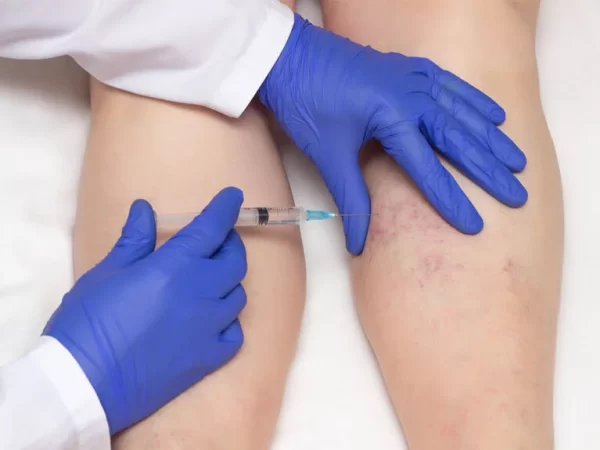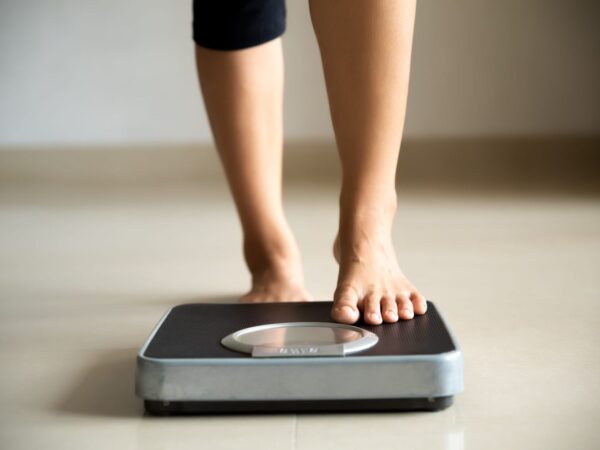We do all we can to keep ourselves – and especially our skin – in the best possible state. We exercise often, eat healthily, and take good care of our skin, protecting it from harmful UV rays, keeping it hydrated, and checking for irregularities. You do not have to live with the ugly spider or varicose veins if they make you self-conscious. Learn about sclerotherapy treatments in Boise today.
What are spider and varicose veins?
You may have varicose or spider veins if you have unattractive veins on your legs. Twisted blue, red, and skin-colored veins characterize varicose veins. If it is a larger vein, it may appear rope-like and bulge the skin. Varicose veins are most likely to occur in the following areas:
- Front and back of calves
- Thighs
- Inside the legs near the ankles and feet
- Pelvic area, inner thigh, and buttocks of pregnant women
Spider veins, known as thread veins, are smaller than varicose veins. They are red and resemble spider webs or tree branches. Spider veins are visible beneath the skin but do not protrude. Spider veins are most commonly found on the legs and face.
What causes spider and varicose veins?
Your veins contain valves that function as one-way flaps. Your heart circulates oxygen-rich blood throughout your body via arteries. The blood is then carried back to the heart through veins. If a vein has a malfunctioning one-way valve, some blood may leak back into the vein and not return to the heart. For treatment and solutions for such problems, check out Leg Vein Swelling Concord township OH.
As time passes, more blood becomes trapped in the vein, creating pressure and weakening the walls. All of this excess blood might cause the vein to swell. Women are twice as likely as men to have these veins. Varicose veins are more common in older women, but spider veins affect more than half of all women. Various circumstances increase one’s chances of developing these veins:
- Being obese or overweight puts additional strain on these veins
- Standing or sitting for extended periods
- Having a family or personal record of the disease
- Taking birth control or hormone replacement therapy since estrogen has been shown to damage venous valves.
- Becoming older because the valves in our veins can weaken with age.
- Pregnancy
- Clots in the blood or vein scarring
Because these veins must work against gravity to return blood to the heart, they are most likely to form on the legs.
Is sclerotherapy permanent?
Yes. Sclerotherapy is a permanent, minimally invasive treatment for spider and varicose veins.



